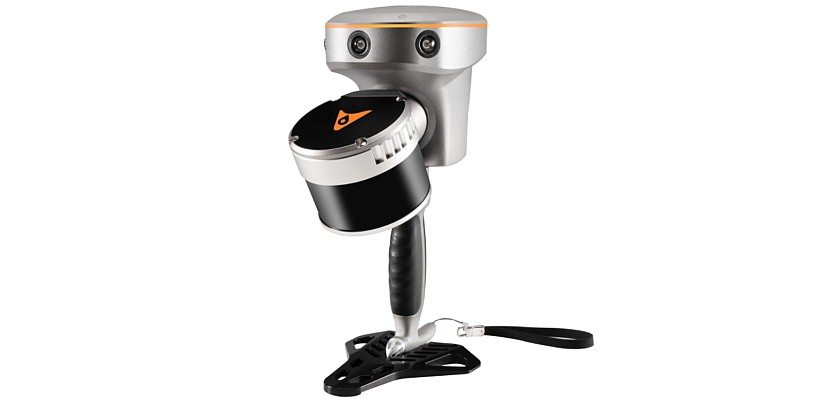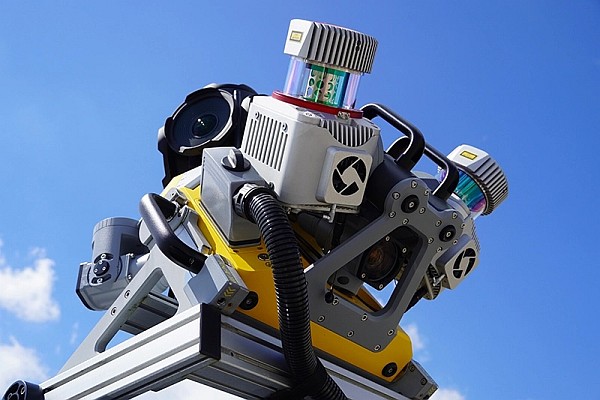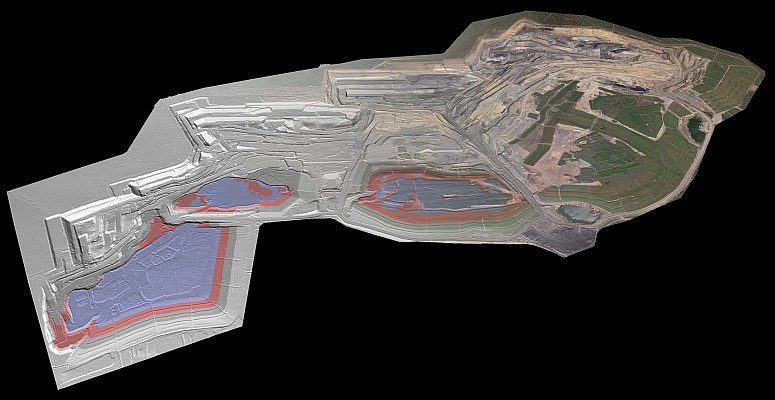In 2011, IGN France International was awarded the project funded by the European Union, in the context of the 10th European Development Fund, to update the national base map of Burkina Faso. Completed between 2011 and 2015, this project entailed the creation of 34 topographic maps at a scale of 1:200,000 as well as the updating of the national topographic database.
The previous base map had not been updated since the 1950s and no longer reflected the changes that have occurred in Burkina in recent years.
For instance, over the past 40 or 50 years, new dams and new roads have appeared, demographic pressure has led to urban expansion, often at the expense of agricultural land which has started to take over forest cover, all in addition to phenomenons linked to global warming that may have modified agricultural, farming or forest areas. All of these types of changes had to be identified over the entire country and had to be on the updated map.
The project was divided into 4 main components:
the acquisition of satellites images and the technical assistance for the launch of tenders that were meant to permit the acquisition of the equipment necessary for the project a capacity-building phase consisting in the implementation of the methodology, the identification of local expertise, the recruitment of local teams and extensive training sessions a production and technical assistance phase.
Like in most of the IGN France International projects, 100% of the production is completed locally by local staff. Special care was taken to place names as the proper names, including the names of villages, and everything has been totally checked, completed and updated.
and the last phase aims to highlight the work being done and the added value of such a project to future users.
Professionals from many sectors have very high expectations as, up until now, they have really suffered from not being able to use reliable and interoperable data to make their decisions. From now on, professionals working the fields of environment, transportation, urban planning, water resources management, forest and agriculture, and many other key players working for the economic and social development of the country can use the same cartographic reference data that allows them to collect, share and aggregate data and information coming from various sources.
Source: GIM International






